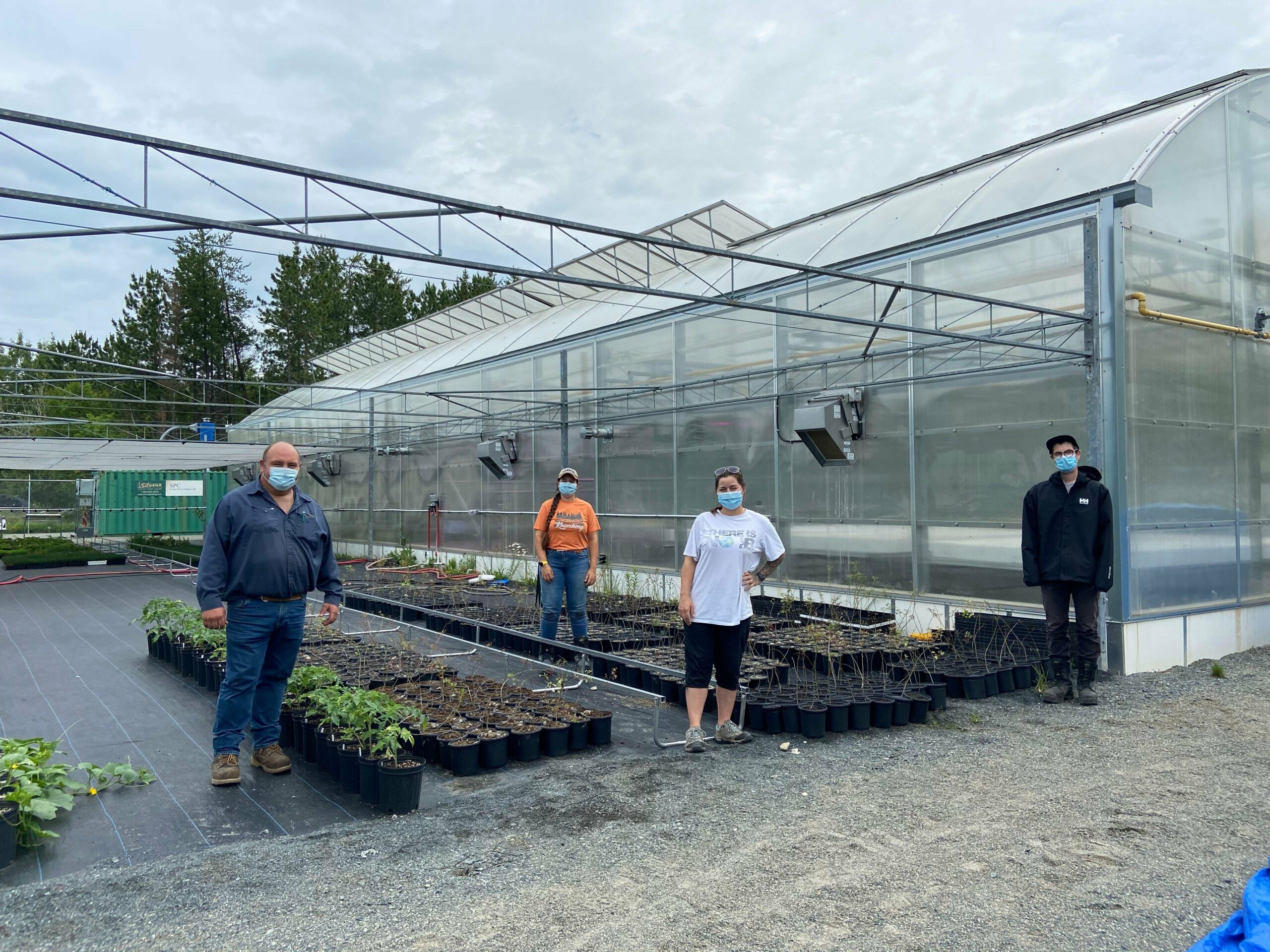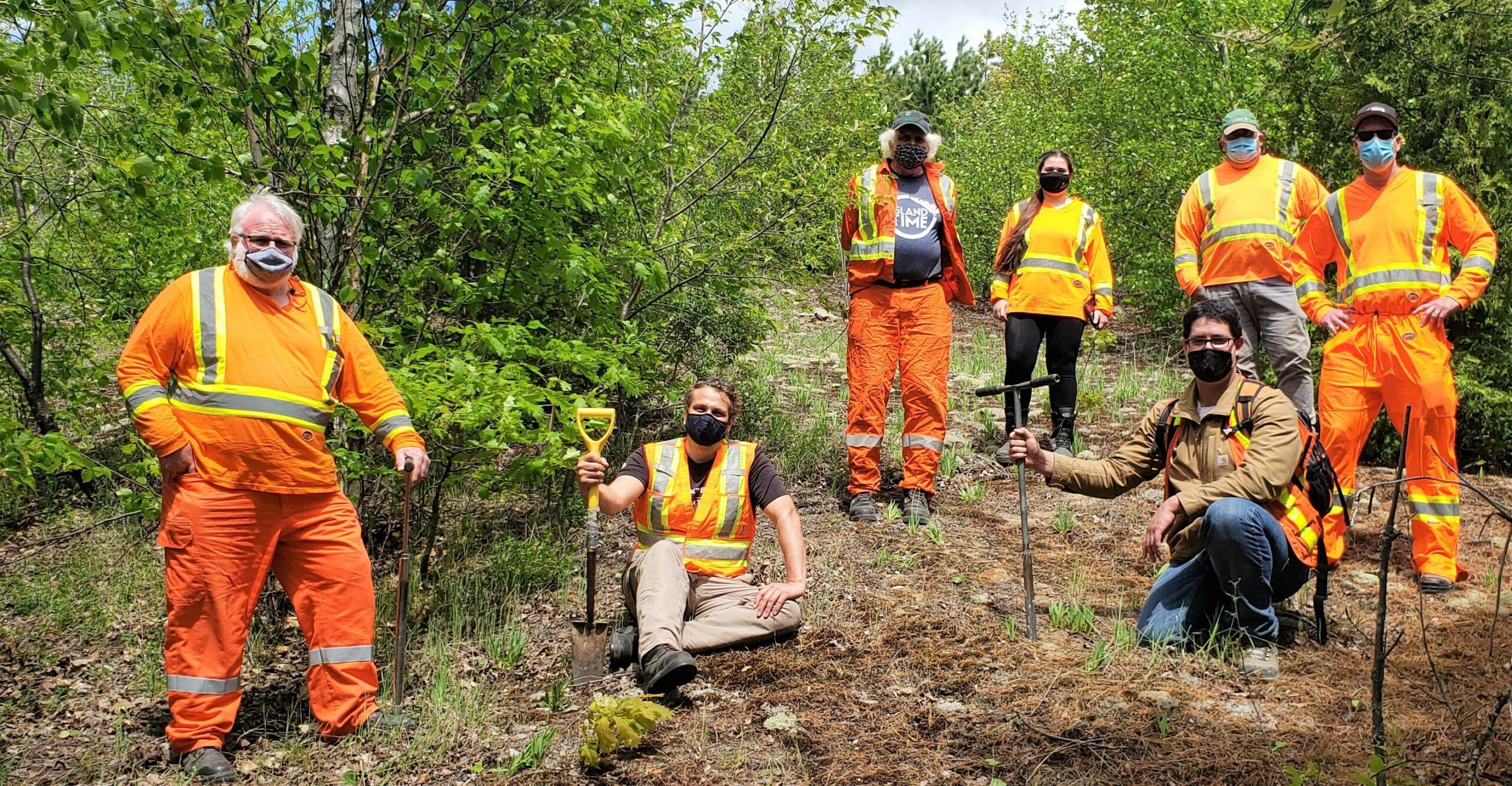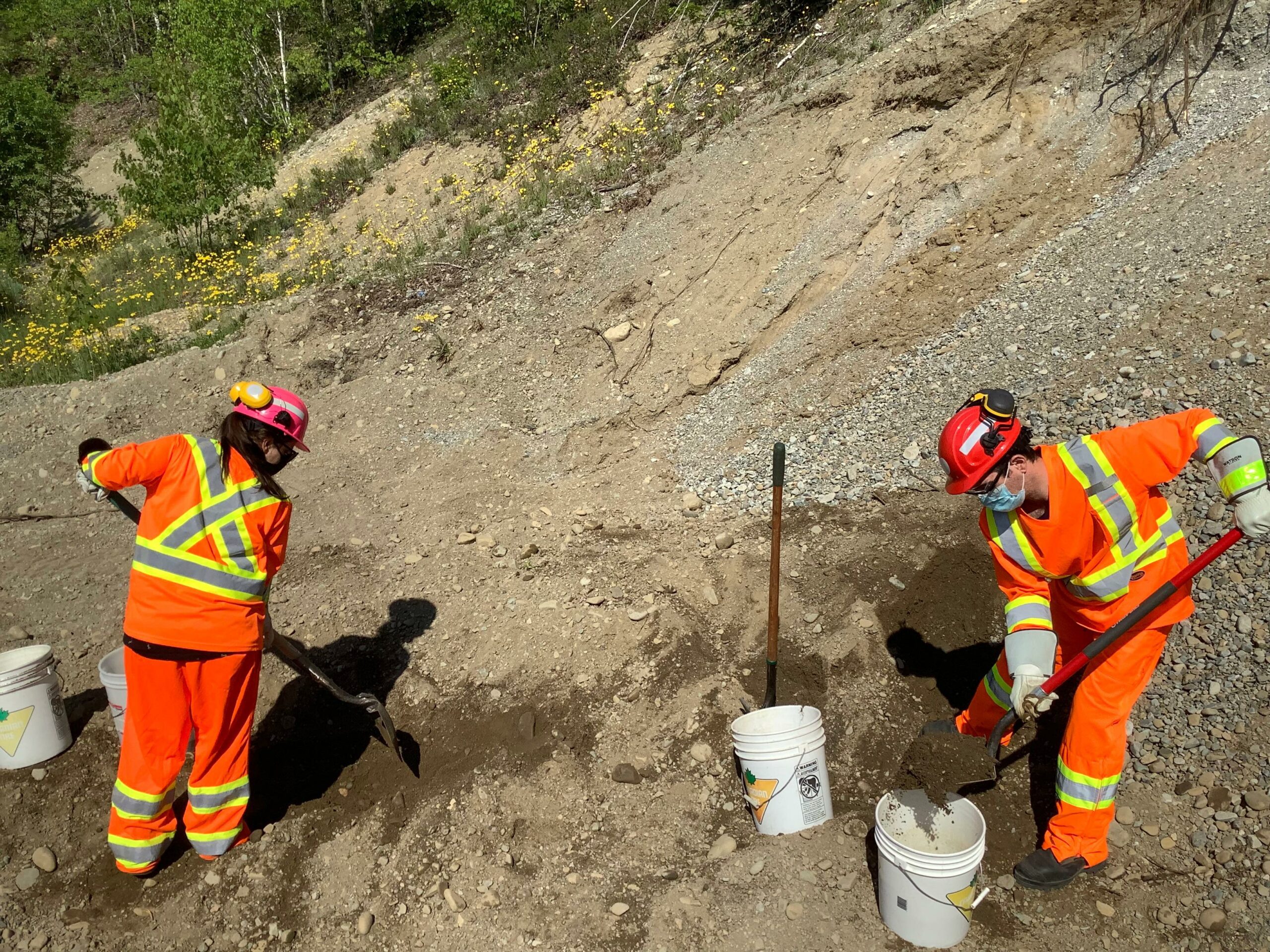Finding innovative ways to rehabilitate old aggregate sites in Northeastern Ontario


Over the next 3 years and thanks to an Innovation Links grant of $270,850 from Natural Sciences and Engineering Research Council of Canada through the Tri-Agency College and Community Innovation Program, researchers will explore new soil amendments and new planting strategies to facilitate soil restoration, biodiversity and restore key ecosystem functions.
A project like this requires partners of choice. We would like to thank TOARC for their monetary and in-kind contribution. We are also grateful to Pioneer, Ethier Sand & Gravel and Glencore Sudbury Integrated Nickel Operations for their important in-kind contributions.

Our Communications team asked the experts to explain what the project is all about:
Tell us about the context of this project, why is it important?
Marc Hébert, professor at Collège Boréal:
Numerous “legacy” pit and quarry sites exist here in Northeastern Ontario that date from prior to the province’s 1990 Aggregate Resources Act, which now universally requires progressive rehabilitation for all permitted sites. Some of these legacy sites, identified by the project partner, The Ontario Aggregate Resource Corporation (TOARC herein), will be used in the study. Protocols we will developed will focus on low-cost solutions that improve the long-term rehabilitation trajectories and a broad range of ecosystem services. Ultimately, it will make the aggregate-production and mining sectors more financially competitive and earn them stronger environmental and social license to operate.
What’s the goal?
Marc Nellis, professor at Collège Boréal:
This project will address the limitations to plant restoration and biodiversity in Northeastern Ontario aggregate sites. The Collège Boréal-Laurentian University research team will explore novel soil amendments and planting strategies to facilitate restoration of biodiversity and key ecosystem functions like nutrient cycling, carbon storage, resilience to disturbance, and protection of ground and surface waters. A key goal is also to contribute protocols that can be commercially applied further in the aggregate- production and other mineral mining sectors that manage waste rock as part of their operations towards progressive and final closure and site restoration.
Why is it interesting?
Danny-Elle Henri, student at Collège Boréal:
The market-reach potential of the project is really large, spanning from landowners and TOARC who are interested in legacy site rehabilitation to improve environmental impacts to potentially all contemporary aggregate producers in our region. Other regions with similar surficial geology and climate here in Canada or even internationally could potentially benefit from this research. It’s quite exciting. I will also be working on the field with experts, watching them work and learning throughout the process. I am really looking forward to it.
Tell us about the collaboration between Laurentian U and Collège Boréal:
Nathan Basiliko, Professor and Canada Research Chair at the Vale Living with Lakes Centre, Laurentian University:
“The Laurentian team is excited to contribute to this project that will determine what hinders aggregate site rehabilitation in challenging environments like Northeastern Ontario. As well as working with local industry partners who have active sites with progressive rehabilitation, our aim is also to explore low-cost solutions to reclaiming abandoned, “legacy” aggregate pits- of which there are thousands across Ontario. The four of us have worked closely with the Collège Boréal team over the past four years on reclamation studies in lands severely degraded from metal smelting.
